Planning for Coral Rescue as a Response to Stony Coral Tissue Loss in the Caribbean
 |
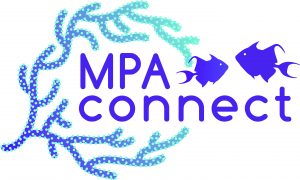 |
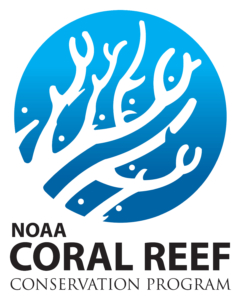 |
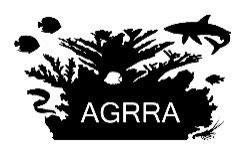 |
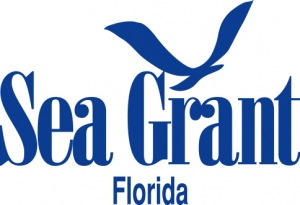 |
Sharing strategies for coral rescue in the Caribbean
October 12, 2022 – The first Caribbean regional gathering on coral rescue recently brought together some 50 managers and experts from 15 countries to plan how to rescue and restore stony corals in the face of devastation caused by coral disease.
Since it first appeared in 2014 in Florida, stony coral tissue loss disease (SCTLD) has now spread to 25 countries and territories in the Caribbean region. Managers have responded by monitoring affected corals. In some cases, affected corals have been treated and some corals have successfully been saved. Other corals have proven resilient and survived despite the passage of the disease.
The Coordinator of the MPAConnect Network, Emma Doyle, commented: “Caribbean coral managers are looking for additional tools to save the biodiversity of these slow-growing, reef-building stony corals in the face of coral disease. Where the disease has already decimated reefs, they’re looking for practical ways to restore those stony corals that have been lost.”
Coral rescue refers to efforts to preserve and restore the biodiversity of stony corals in the face of this rapidly advancing and devastating coral disease.
Dana Wusinich-Mendez, Atlantic-Caribbean Team Lead for NOAA’s Coral Reef Conservation Program explained: “Coral rescue has become an important tool in our efforts to address the destructive impacts of stony coral tissue loss disease. It can serve as an insurance policy that will help Caribbean coral reef resource managers in their efforts to restore their reefs in the future as well as to build ecosystem resilience to future coral disease outbreaks.”
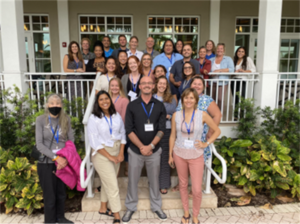
Participants and experts at the MPAConnect peer-to-peer learning exchange “Planning for Coral Rescue as a Response to Stony Coral Tissue Loss in the Caribbean”
With there being much already known about the restoration of other faster growing species of coral, the recent Reef Futures Symposium in Key Largo served as the venue for a dedicated workshop on planning for stony coral rescue. Regional coral experts shared about new approaches, latest science and evolving technologies to help save Caribbean stony corals that are otherwise succumbing to disease.
“As the field evolves, we’re seeing a trend towards ex-situ coral rescue in the form of land-based nurseries housing whole healthy corals or microfragments of healthy corals. We’re also seeing more monitoring of coral spawning and rearing of coral larvae in lab settings or in-situ,” explained Ms. Wusinich-Mendez.
MPAConnect’s sponsored workshop participants stayed on for the 3-day Reef Futures conference. “Notwithstanding the interruptions in the program caused by Hurricane Ian, they were able to deepen their knowledge of coral rescue and restoration by networking with the many experts who were present and by joining feature presentations”, commented Dr. Judy Lang, Scientific Coordinator for the Atlantic and Gulf Rapid Reef Assessment Program (AGRRA).
“We can see how creative approaches and technical support from all over the world are producing innovative techniques for stony coral rescue,” commented workshop participant Andrea Godoy from Fundación Cayos Cochinos in Honduras.
Coral rescue can represent tangible action to help stem the loss of reef building corals and maintain services that reefs provide for coastal communities and national economies. From a management perspective, questions surround the feasibility of coral rescue in the Caribbean and the workshop sought to help managers address the various dimensions of relevant management capacity.
Caren Eckrich from STINAPA commented: “The workshop brought me in contact with others across the region battling SCTLD and I am now familiar with responses – those that worked and those that did not – as well as strategies for assisting our reefs and rescuing corals during the distinct phases of SCTLD.”
Workshop co-host and co-organizer Caroline McLaughlin of Florida Sea Grant referred to the newly released Implementation Plan for NOAA’s Stony Coral Tissue Loss Disease Response and Prevention Strategy: “We recognize that SCTLD will likely be present on Atlantic and Caribbean coral reefs for the foreseeable future. The plan emphasizes the importance of NOAA’s continued collaboration with partners throughout the Caribbean, like GCFI and AGRRA, to build capacity for SCTLD response and enhance coral rescue programs throughout the region.”
The presentations and materials used in the workshop will be available online at GCFI’s website www.gcfi.org and at AGRRA’s SCTLD resource hub https://www.agrra.org/coral-disease-outbreak/. The workshop was co-hosted by MPAConnect, the leaders of the Caribbean Cooperation Team from Florida’s Stony Coral Tissue Loss Disease Response (NOAA’s Coral Reef Conservation Program and AGRRA) and Florida Sea Grant. We thank NOAA’s Coral Reef Conservation Program for supporting MPA capacity building in the Caribbean and for helping to share knowledge and best practices for coral rescue in the face of SCTLD. For more information please contact [email protected].



Leave a Reply
Want to join the discussion?Feel free to contribute!